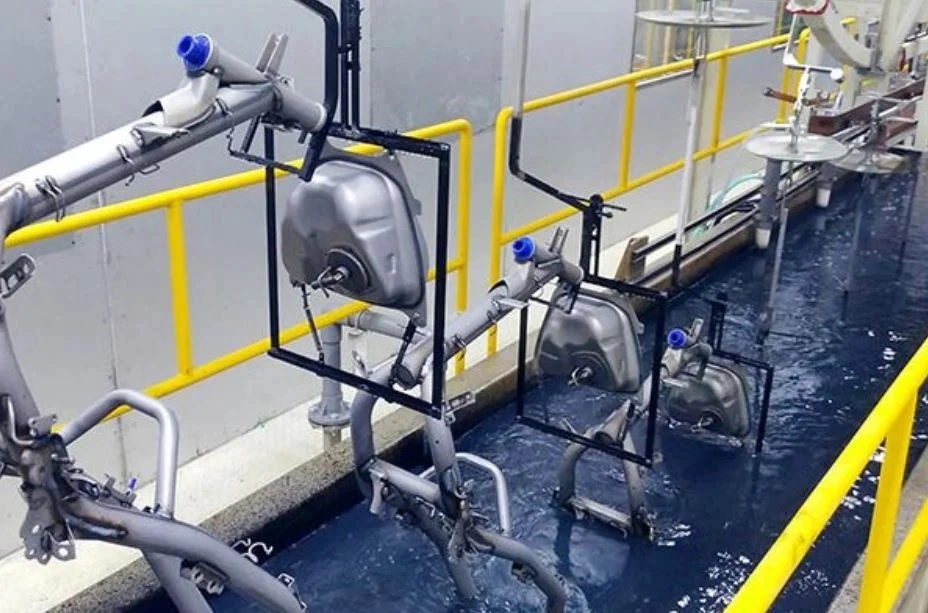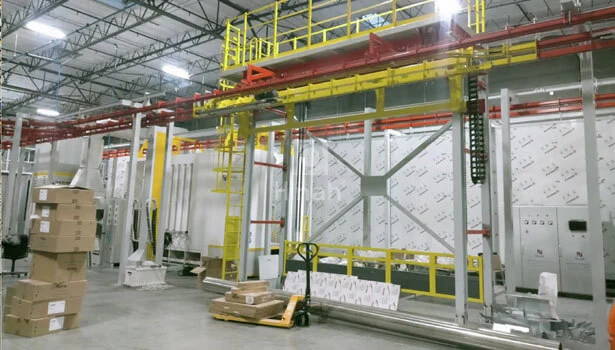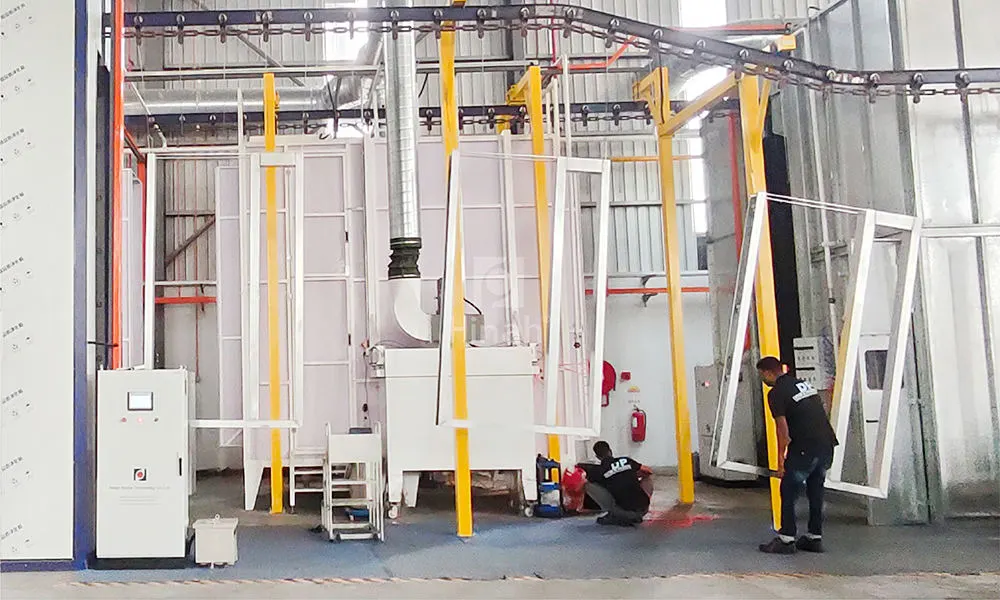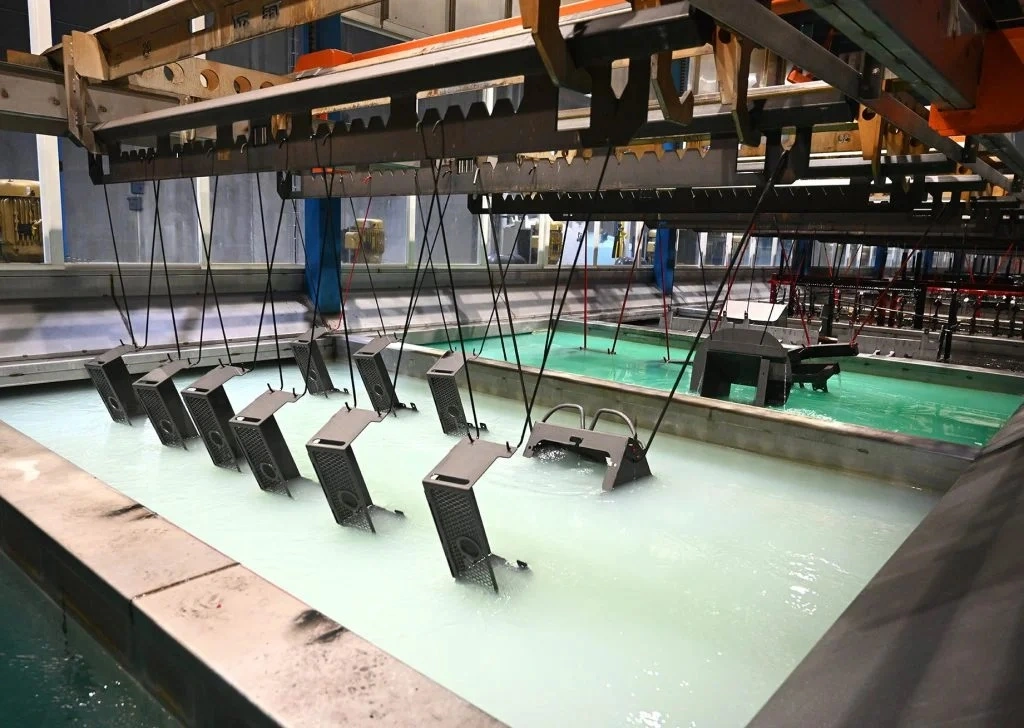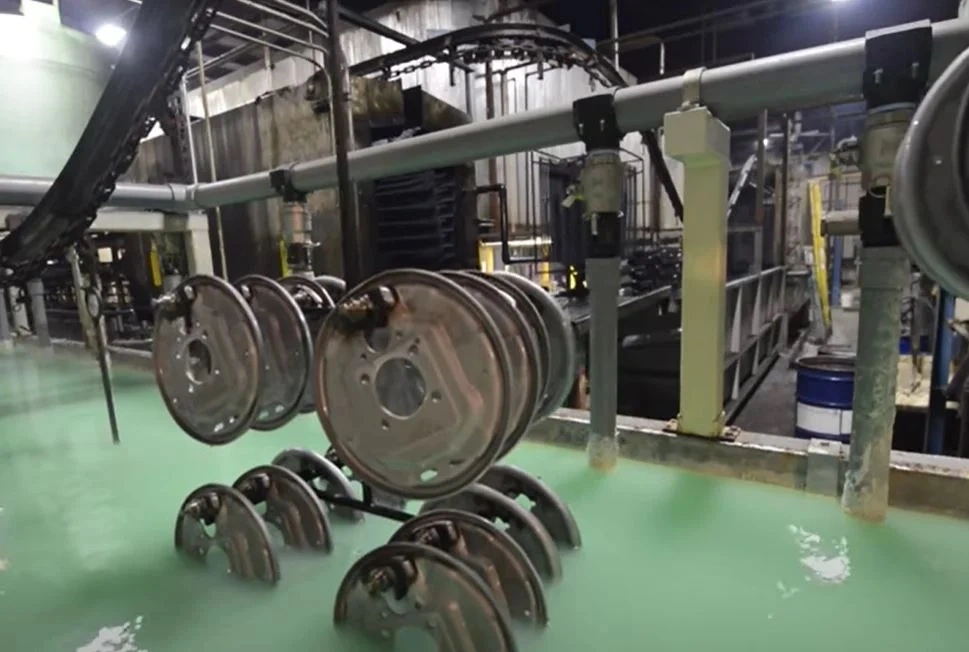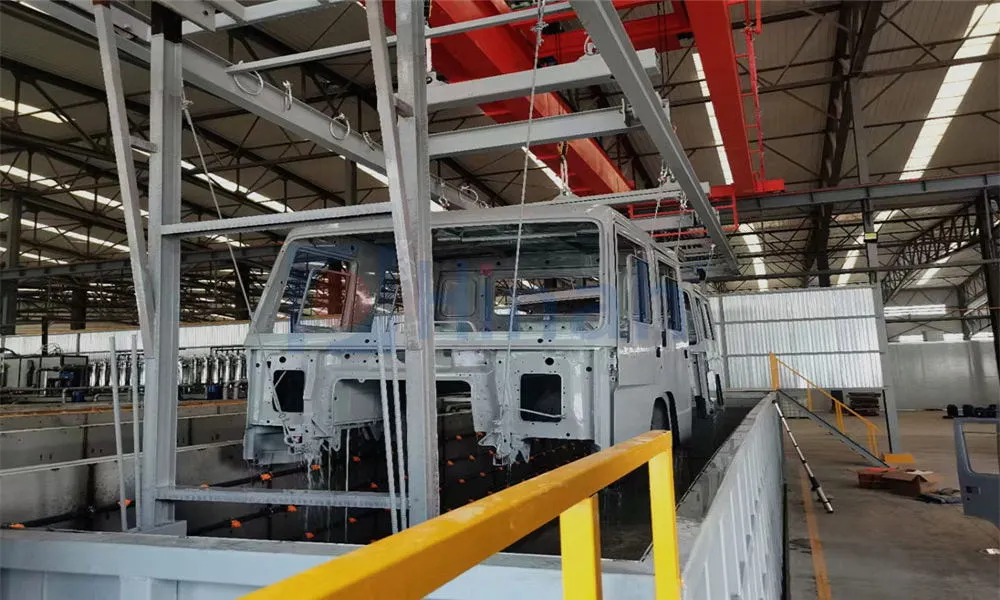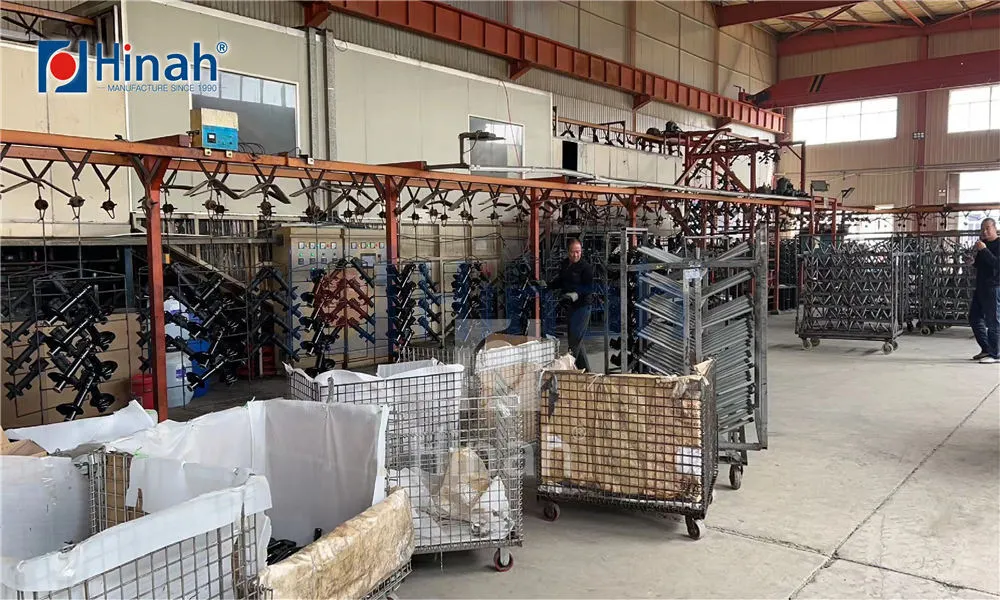In today's competitive manufacturing landscape, businesses constantly seek ways to enhance durability, reduce environmental impact, and cut costs. One technology that stands out in surface finishing is powder coating systems. But what exactly are these systems, and why are they becoming a go-to solution across various industries? This article dives deep into the world of powder coating systems, explaining their fundamentals, mechanisms, types, benefits, and applications. By the end, you'll have a clear understanding of how powder coating systems can transform your operations, backed by practical insights and answers to common questions.
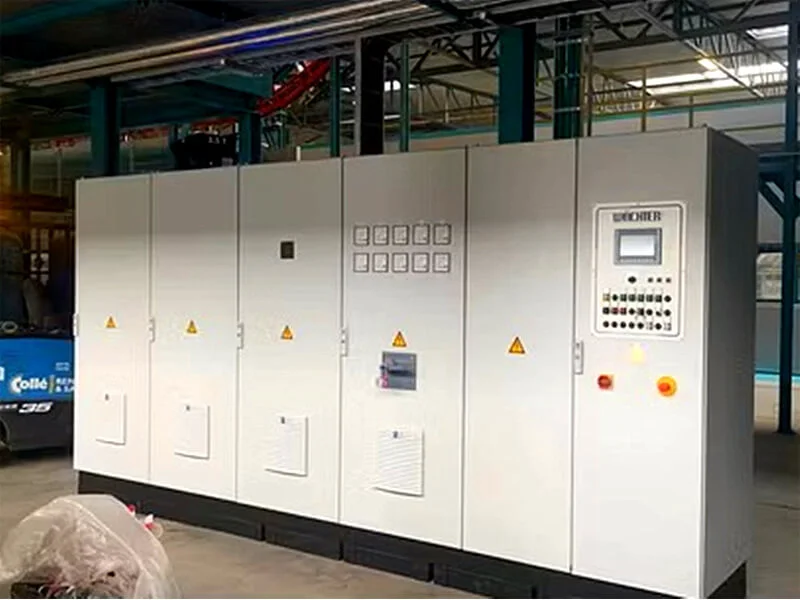
What Is a Powder Coating System?
A powder coating system is an advanced finishing process that applies a dry, free-flowing powdered material to a surface, which is then cured under heat to form a durable, protective layer. Unlike traditional liquid paints, powder coating systems utilize electrostatic charges to ensure even adhesion, resulting in a high-quality finish resistant to chipping, scratching, and fading. These systems are widely used in industries such as automotive, aerospace, and furniture manufacturing due to their efficiency and eco-friendly properties. Essentially, powder coating systems replace solvent-based coatings with a solid, polymer-based powder that melts and flows when heated, creating a uniform coat without drips or runs. This method not only improves product longevity but also aligns with modern sustainability goals by minimizing volatile organic compound (VOC) emissions. As a result, powder coating systems have evolved into a cornerstone of industrial surface treatment, offering a versatile solution for everything from metal components to consumer goods.
How Do Powder Coating Systems Work?
The operation of powder coating systems involves a series of precise steps to achieve optimal results. First, the substrate—typically metal—undergoes pre-treatment to remove contaminants like oil, rust, or dirt through cleaning, rinsing, and sometimes phosphating for enhanced adhesion. Once prepared, the part enters the application stage, where a spray gun charges the powder particles electrostatically. This charge causes the particles to adhere to the grounded workpiece, ensuring comprehensive coverage even on complex shapes. After application, the coated object moves into a curing oven, where heat—usually between 300°F and 450°F—melts the powder into a smooth, continuous film. The curing process, which lasts about 10-30 minutes, triggers cross-linking in the polymer, resulting in a hard, resilient finish. Modern powder coating systems often incorporate automated components, such as conveyor belts and robotic arms, to maintain consistency and speed. By eliminating the need for solvents, these systems reduce waste and overspray, as unused powder can be collected and reused. This efficiency makes powder coating systems a cost-effective choice for high-volume production, while their precise control minimizes defects and rework.
What Are the Different Types of Powder Coating Systems?
Powder coating systems come in various configurations to suit different production needs and environments. The two primary categories are thermoset and thermoplastic systems. Thermoset powder coating systems use polymers that undergo irreversible chemical changes during curing, forming a rigid, heat-resistant finish ideal for appliances and automotive parts. In contrast, thermoplastic systems rely on materials that soften when heated and reharden upon cooling, making them suitable for applications requiring flexibility, such as wire coatings. Beyond material types, powder coating systems are classified by their application methods. Electrostatic spray systems are the most common, utilizing charged guns for manual or automated spraying. Fluidized bed systems, on the other hand, involve dipping preheated parts into a tank of fluidized powder, yielding thicker coatings for heavy-duty uses like pipeline protection. Additionally, hybrid powder coating systems combine elements of both to address specific challenges, such as coating non-conductive substrates. Choosing the right type depends on factors like production volume, part geometry, and desired finish quality. For instance, automated powder coating systems excel in mass production, while manual setups offer flexibility for custom jobs. Understanding these variations helps businesses select powder coating systems that maximize performance and ROI.
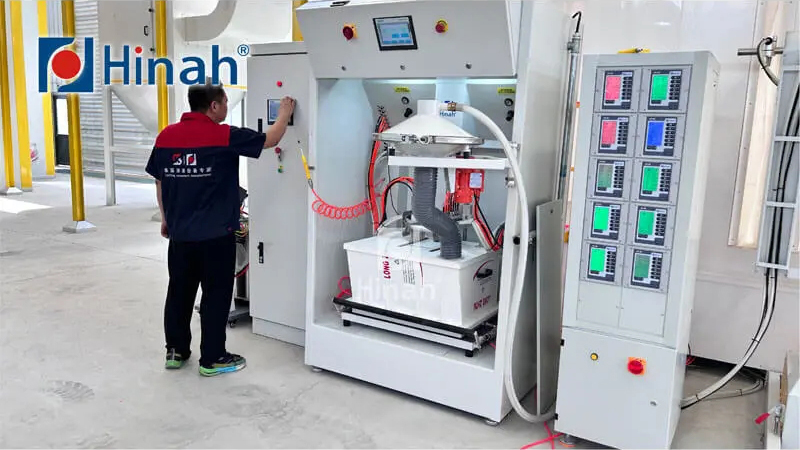
What Advantages Do Powder Coating Systems Offer?
Powder coating systems provide numerous benefits that explain their growing popularity in industrial settings. Firstly, they deliver superior durability compared to liquid coatings, with finishes that resist corrosion, UV radiation, and mechanical wear, extending product lifecycles. This robustness translates to lower maintenance costs and enhanced customer satisfaction. Secondly, powder coating systems are environmentally friendly, as they emit negligible VOCs and generate less hazardous waste. The ability to recycle overspray reduces material consumption, supporting circular economy principles. Thirdly, these systems offer economic advantages through faster application times and reduced energy usage during curing. Since powder coating systems skip drying phases required for liquids, they accelerate production cycles and lower operational expenses. Moreover, the finish achieved is consistently smooth and even, minimizing visual defects and reducing rejection rates. Safety is another key advantage; without flammable solvents, powder coating systems decrease fire risks and improve workplace conditions. Lastly, the versatility of powder coating systems allows for a wide range of colors, textures, and effects—from matte to glossy—enabling customization without compromising performance. These combined benefits make powder coating systems a smart investment for businesses aiming to boost efficiency and sustainability.
Where Are Powder Coating Systems Commonly Applied?
Powder coating systems find applications across diverse industries due to their adaptability and high performance. In the automotive sector, they are used for coating wheels, frames, and engine components, providing a protective layer that withstands harsh conditions and enhances aesthetics. The architecture and construction industry relies on powder coating systems for building facades, window frames, and structural steel, where weather resistance and longevity are critical. Household appliances, such as refrigerators and washing machines, often feature finishes from powder coating systems to ensure scratch resistance and easy cleaning. Additionally, these systems are prevalent in furniture manufacturing for metal chairs, tables, and outdoor fixtures, offering vibrant colors and durability against daily wear. The aerospace and defense sectors utilize specialized powder coating systems for aircraft parts and military equipment, where precision and reliability are paramount. Even consumer electronics, like smartphones and laptops, benefit from powder coating systems for decorative and protective elements. As technology advances, new applications emerge, including in renewable energy for coating solar panel frames and wind turbine components. This widespread use underscores the versatility of powder coating systems in meeting rigorous standards across various fields.
Frequently Asked Questions About Powder Coating Systems
Q1: What is the main difference between powder coating systems and traditional liquid painting?
A1: The primary difference lies in the application and composition. Powder coating systems use dry, electrostatic-charged powders that are cured under heat to form a durable finish, whereas liquid painting involves solvents and requires drying time. Powder coating systems generally offer better durability, environmental benefits, and less waste compared to liquid methods.
Q2: How long does a finish from powder coating systems typically last?
A2: Finishes from powder coating systems can last 20 years or more, depending on the environment and substrate. They are highly resistant to chipping, fading, and corrosion, making them ideal for outdoor and high-traffic applications when properly applied and maintained.
Q3: Can powder coating systems be used on non-metal surfaces?
A3: While powder coating systems are primarily designed for metals like steel and aluminum, advances have enabled their use on certain plastics, wood, and composites with pre-treatment. However, non-conductive materials may require special techniques or primers to ensure adhesion.
Q4: Are powder coating systems safe for the environment?
A4: Yes, powder coating systems are considered eco-friendly because they emit minimal VOCs and produce little hazardous waste. The ability to recycle overspray powder reduces material consumption, aligning with sustainability goals and regulatory standards.
Q5: What maintenance is required for powder coating systems?
A5: Regular maintenance of powder coating systems includes cleaning spray guns, checking electrical components, and inspecting ovens for temperature consistency. Preventive measures, such as filter changes and calibration, help ensure optimal performance and extend the system's lifespan.



